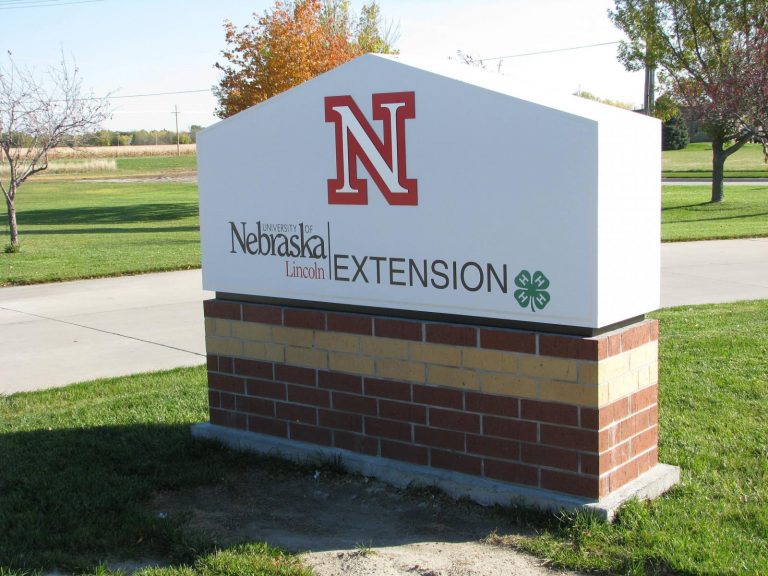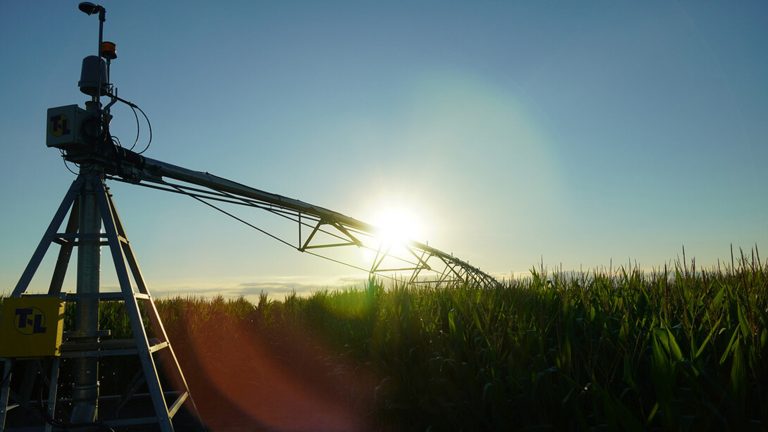This is a great time of year to start a new perennial garden or make improvements to your existing garden space. It is better to have a plan in place prior to going to the garden center to ensure you purchase the correct plant for your garden. It makes a difference what the growing conditions are, how big the plant will get, when it flowers, and more.
Hardiness Zone
When choosing your plants make sure they are tolerant of our Hardiness zone to ensure plants will survive through winter temperatures. Southeast Nebraska is in zones 5b-6a now after a change in 2023 to the hardiness zone map, Gage County is in zone 6a. The hardiness zone is a rating based on our average annual extreme minimum winter temperature which is negative 5 to negative 10 degrees for zone 6a and negative 10 to negative 15 degrees for zone 5b.
Growing Requirements
Plants will grow better and look better in our landscape if we grow them in their best growing conditions. Group plants together with similar growing requirements for ease of management.
Sunlight is very important for plant growth. Plants that should be planted in Full Sun need at least 6-8 hours of sunlight daily. Part Sun plants need 4-6 hours of sunlight per day. Part Shade plants require 2-4 hours of sunlight daily, and Full Shade plants do still need some sunlight but less than 2 hours of sunlight per day will be adequate. Choose plants that meet the sunlight availability in your landscape. Plants that need more shade will get leaf burn if planted in too much sunlight. Plants growing in too much shade than preferred will be stunted, may bloom less, and could get more disease problems.
Annuals vs Perennials
When looking for your plants, decide between annual flowers or perennial flowers. Both types of plants have their benefits, and I like a mix in my gardens.
Annual plants are those that only live for one year and then die. These plants go through their full lifecycle in one season. Annual plants will flower longer during summer than perennial plants but will need to be replanted every year.
Perennial plants are those that grow for three or more years from the crown of the plant. These are plants that have a shorter bloom period, but they will continue to live for many years and don’t have to be replanted.
Planting
When planting new plants, it is a good idea to start by laying the plants in the garden where you want to plant them to ensure proper spacing. Make sure that the full size of your plant will fit into the area you are planting into and follow spacing requirements listed on the label to allow full-plant growth without impeding other things like sidewalks or other plants.
Avoid pulling the plant out of the container by the top of the plant, this can injure the growing point. It is best to remove the container from the rootball. Plant with the plant crown even to the surrounding soil. If planted too high, the rootball can dry out quickly and if planted too low, the plant can get crown rot or not bloom well.
Avoid planting into muddy soils and always be sure to water plants immediately after they have been planted. Add a layer of mulch around each plant and throughout the garden space to keep weeds down and hold moisture around plants. Keep plants irrigated through the season with slow irrigation down to 6-8 inches deep for most perennials. Use a screwdriver to determine the need for irrigation.
If you have any further questions please contact Nicole Stoner at (402) 223-1384, nstoner2@unl.edu, visit the Gage County Extension website at www.gage.unl.edu, or like my facebook page at http://www.facebook.com/NicoleStonerHorticulture




